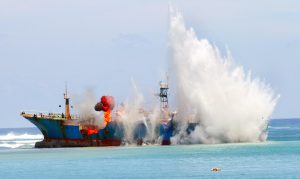Rare marine species and habitats in extreme southern Chile have come under protection in the Diego Ramírez-Drake Passage marine park.
Approved last year and entering into force last month, it will be the most southerly park in the Americas and provide a 144,390 square kilometre refuge for endangered penguins, albatrosses and whales. It will also protect important seabed formations.
The shape of the Diego Ramírez-Drake Passage park – Chile’s new marine reserve. (Map: China Dialogue Ocean)
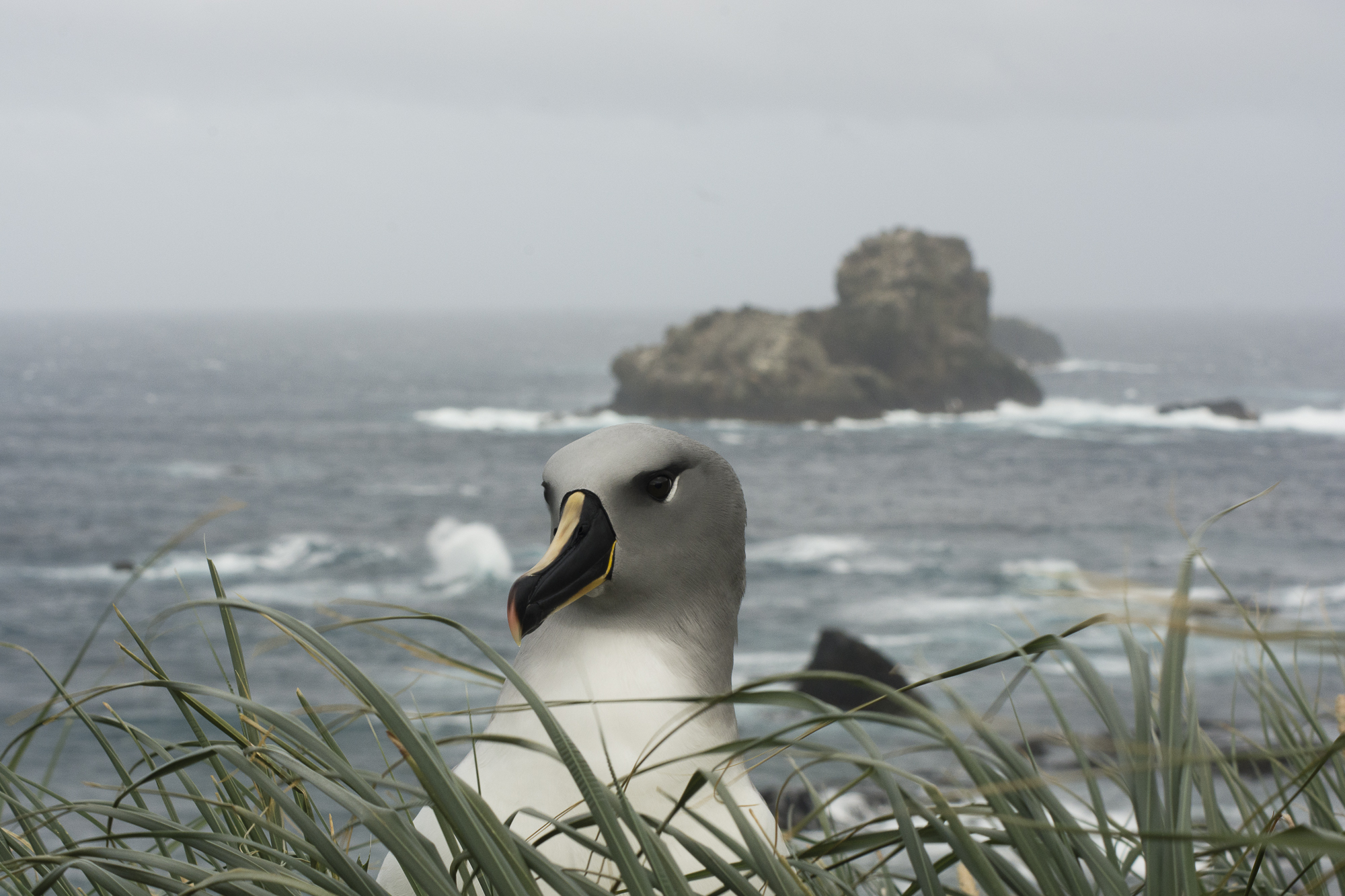
The park will provide a haven for many bird species, including the grey-headed albatross. This majestic seabird faces extinction due to the combined threats of climate change, which is affecting the location of squid, its main food source, entanglement in fishing gear and invasive species on the islands where it nests. (Image: Omar Barroso)

The striated caracara is a large, dark raptor found in the Diego Ramírez islands, located south of Cape Horn in the Drake Passage. The Diego Ramírez-Drake Passage park is Chile’s 25th marine protected area and the seventh established in Chilean Patagonia, where nearly 14.2 million hectares have been safeguarded. (Image: Omar Barroso)
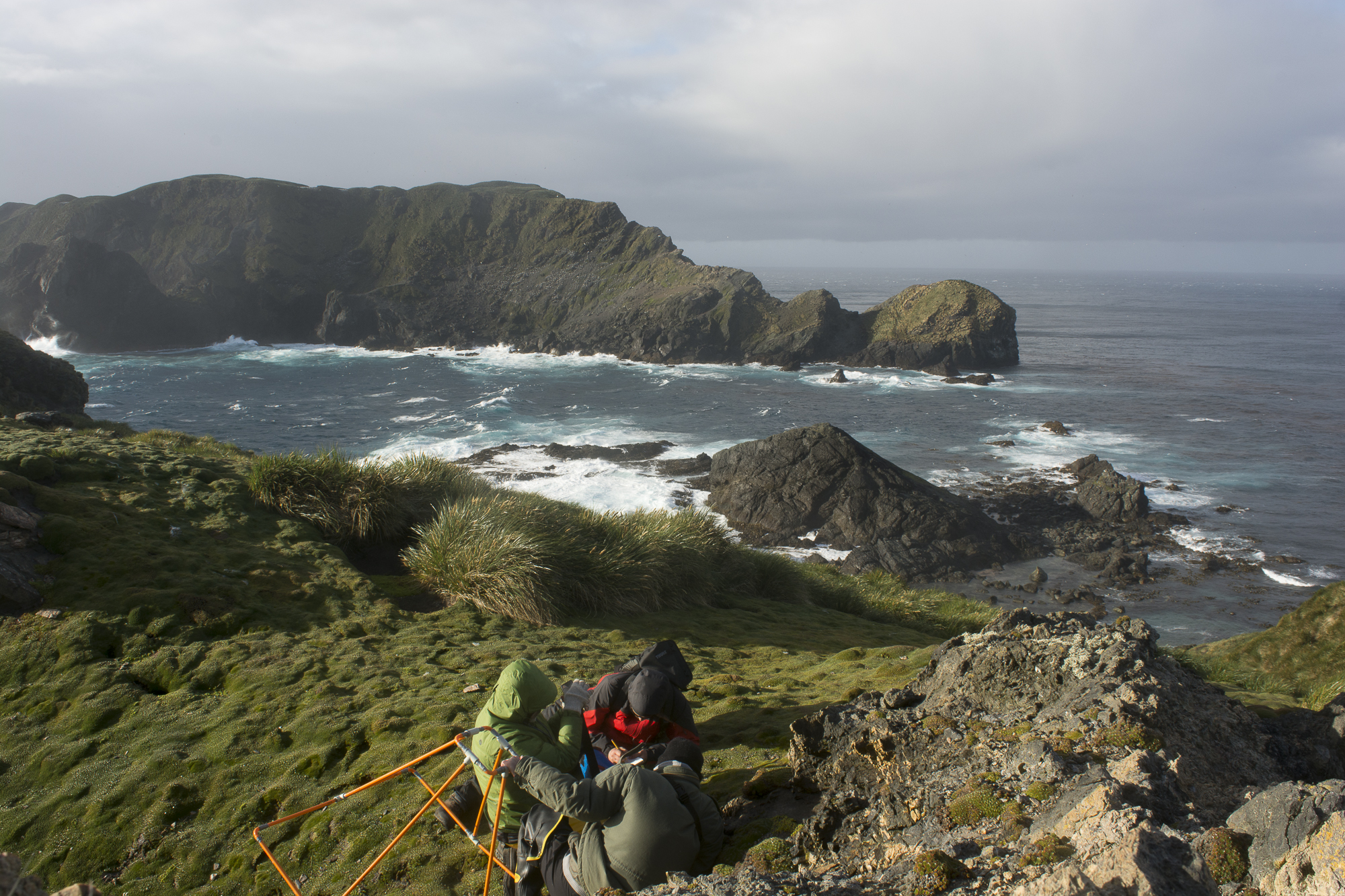
Scientists collecting samples in the Diego Ramírez-Drake Passage park. The park’s location, at the southern end of the continental shelf of the Americas, makes it a strategic area for monitoring global climate change. (Image: Omar Barroso)
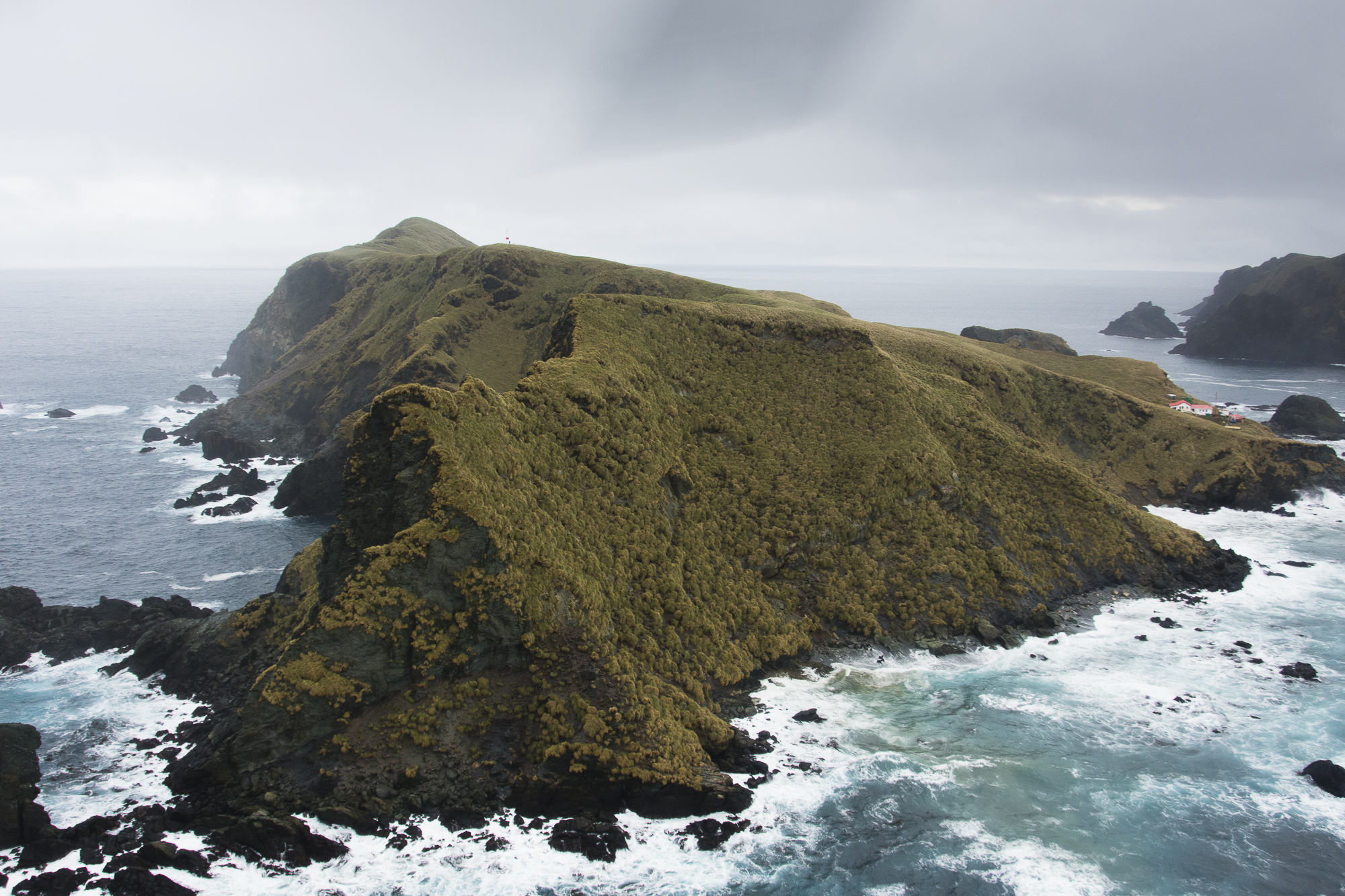
Gonzalo is one of the islands in the Diego Ramírez archipelago. Extreme southern Chile contains a range of habitats including fjords, deep channels, and kelp forests, which host a unique mix of wildlife. The Cape Horn and Diego Ramírez archipelagos are the most southerly locations in the Americas, and some of the least explored places on Earth. (Image: Omar Barroso)
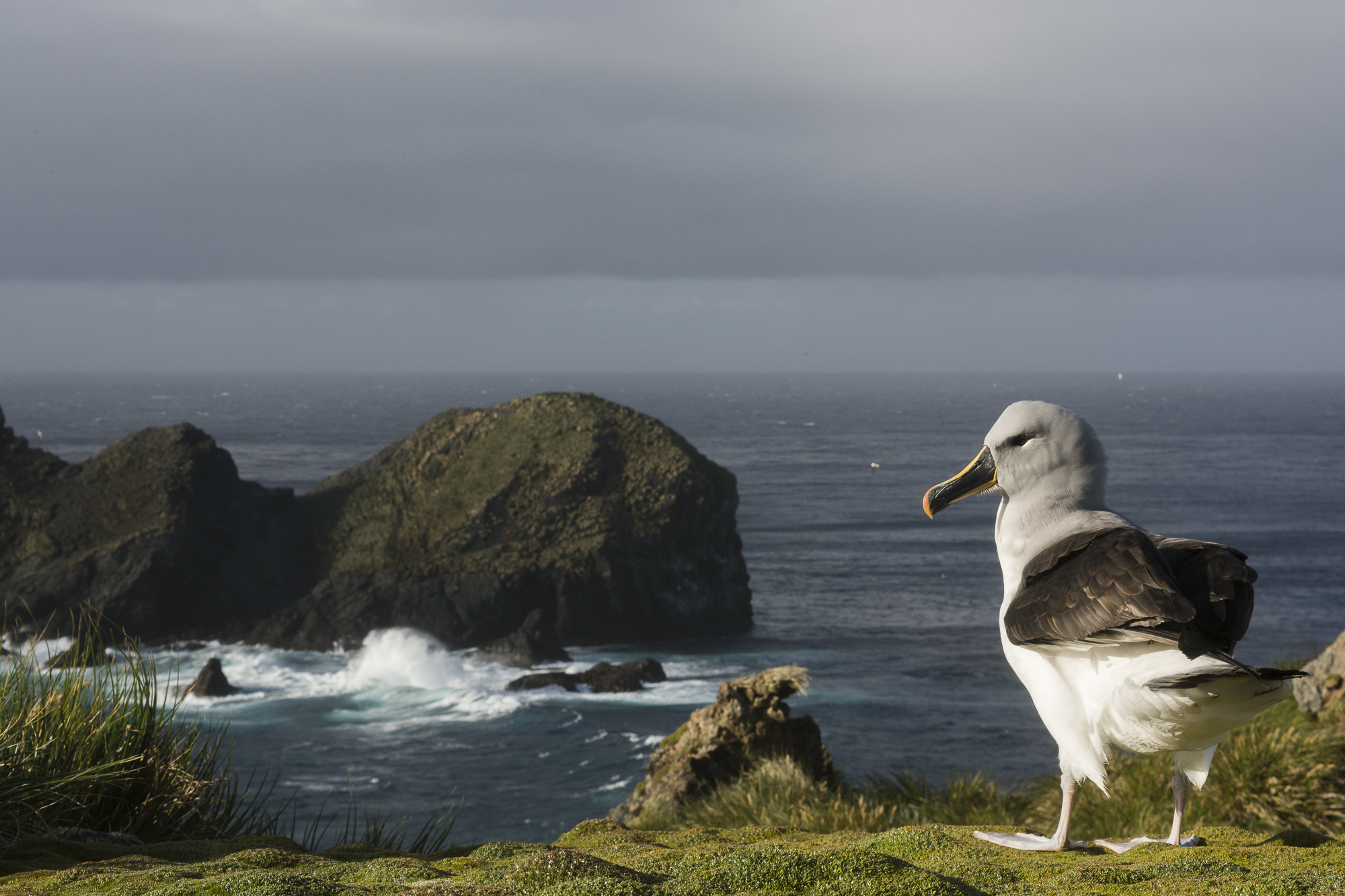

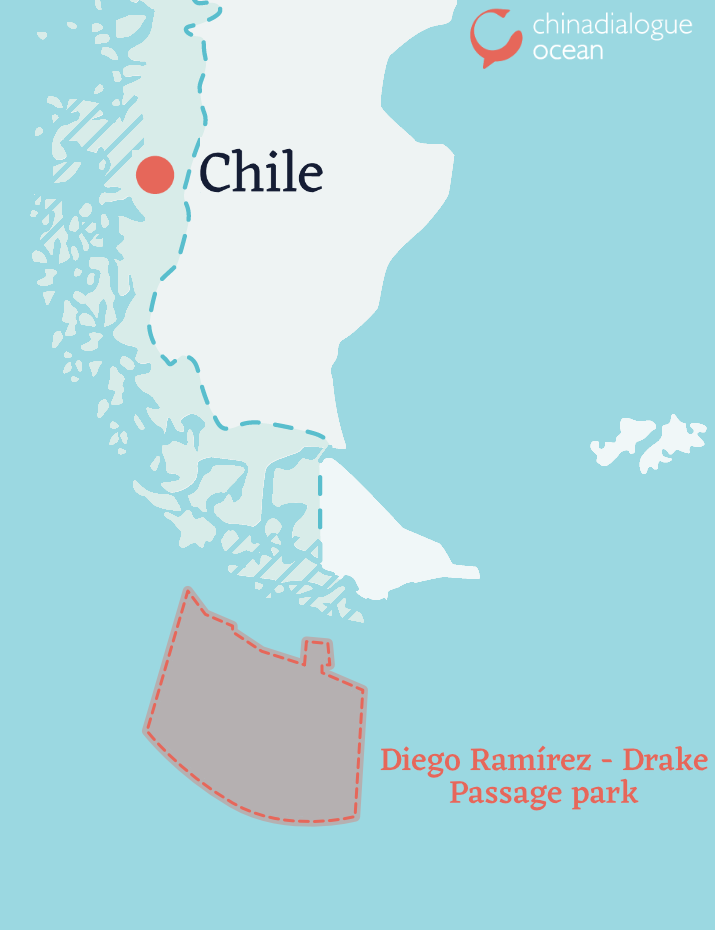

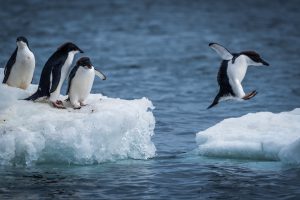
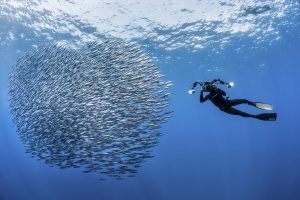
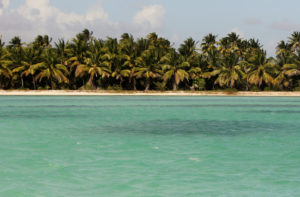
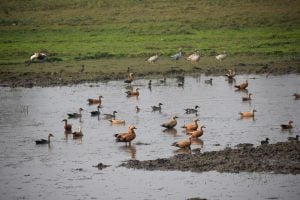
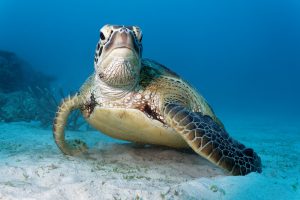
![A view of receding flood waters in Srinagar city during the September 2014 flooding. [image: Athar Parvaiz]](https://dialogue.earth/content/uploads/2017/11/A-view-of-receding-flood-waters-in-Srinagar-city-during-the-September-2014-flooding-Credit-Athar-Parvaiz-e1509633052651-300x225.jpg)
